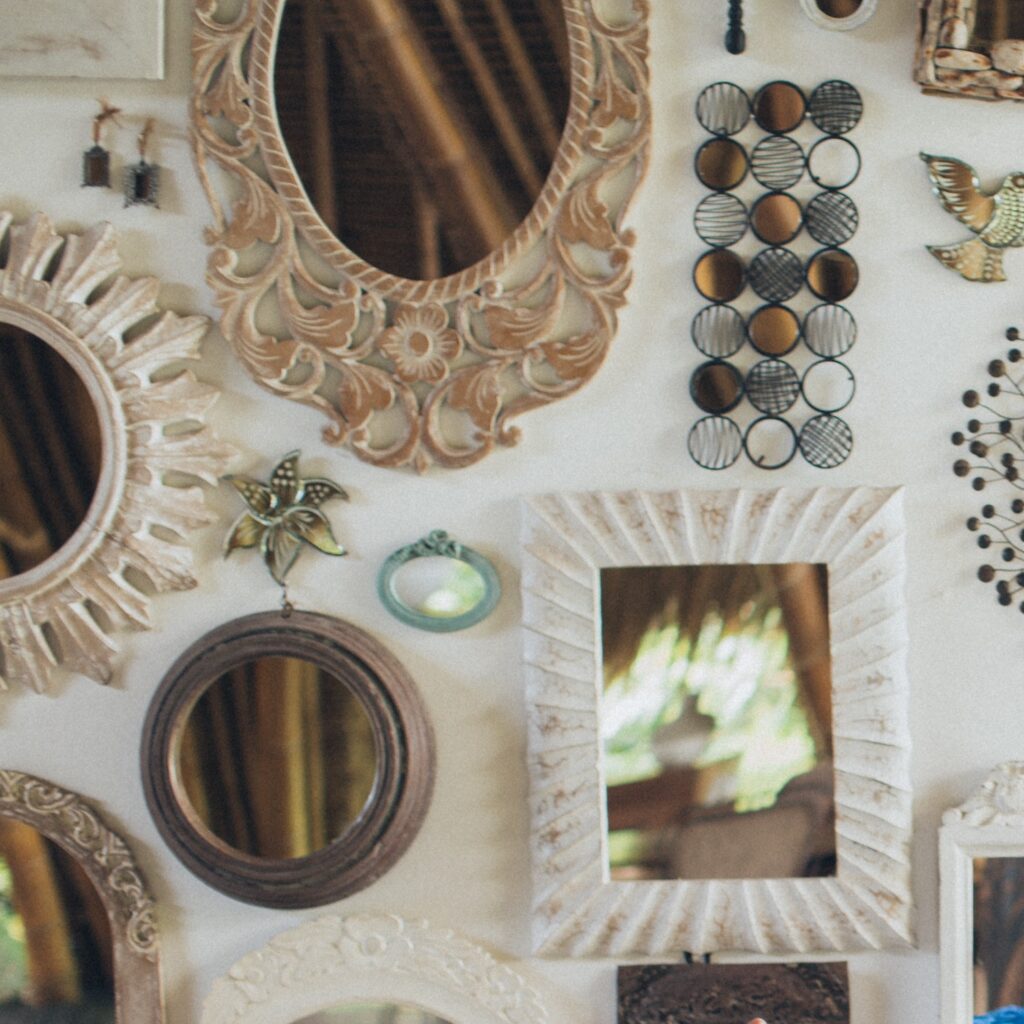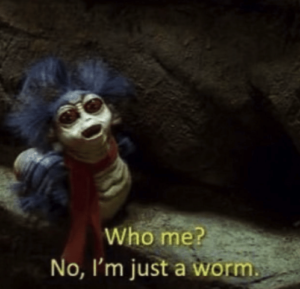
Windows, Mirrors, and Sliding Doors
“ONE DAY in the school playground they’d said, Eeny, meeny, miney, Mo’, Catch a nigger by his toe, and they’d all looked at Ginny and laughed. They called her Eeny Meeny after that.
In the bath she told Dad to wash her harder.
“Why?” he said. “You’re as clean as a whistle.”
“I’m dirty,” she said.
“You’re not dirty, silly.”
“But I’m not the same as them. I want to be the same color. They call me Eeny Meeny.”
“You’re the right color for you, and they’re the right color for them,” said Dad.
She wanted to say, Well, why is it right for me to be different from everyone else? Even Dad was white like them. But he kissed her and wrapped her in the towel and dried her hard, and she couldn’t talk till she’d forgotten what she was going to say. They stopped calling her Eeny Meeny, though.”Excerpt From: Philip Pullman’s ‘The Broken Bridge’
It’s the early noughties. I’m a newly-qualified teacher. Like many taking those initial exciting, nervous steps into the classroom, I’m trying to plough through as many books for my incoming students as possible. I want to do so many book talks that every single one will fall in love with reading by the time they leave my classroom. (I’m also an optimist.)
I’m caught completely off-guard. I don’t expect that this book written by a White guy from Norwich will do something no other book has done.
It makes me feel visible. And just like someone who’s suddenly been exposed, I don’t know quite how to handle it…
Do you remember the first time you met someone like you in a book (whatever ‘like you’ means to you)? As you can tell, my experience was unforgettable and life-changing. People like me just didn’t appear in books – apparently we were too few and very uninteresting.

When the Brown protagonist talked about her identity issues, growing up in her monocultural hometown, I felt like I could have written the words myself. And you know what I appreciated most about the story (despite the opening above)? It wasn’t about the character as a minority victim. No, instead she was a fully-rounded character with a story to tell, and that story was not all about her skin colour.
Clearly, I’ve always been an avid reader – an English teacher after all – but reading helped me understand others; rarely did it help me understand myself or the experiences I had as a member of the only Brown family in our community. It goes without saying that the Sweet Valley High series our friendship group traded around didn’t help my friends understand my experience either. As for me, I didn’t have the vocabulary to explain my feelings and sense of ‘otherness’, so it was no surprise I left town to find something as soon as I turned 18.
Since then, I’ve had many experiences to develop my critical literacy, but I’m always learning. Part of this education came from Dr Bishop who offered the metaphors of mirrors, windows, and sliding glass doors to understand classroom content and its impact on identity.

Mirrors are found in content that reflects a reader’s identity; windows allow us to see into the experience of others; sliding doors enable us to step into the world of others.
STUDENT IDENTITY
When our students do not see themselves reflected in the resources we value, it can lessen their self-worth. It forces their understanding of others, but does little to help them develop their own sense of identity or connection. In some of the worst cases, it can lead to desires such as Ginny expresses above – to be a member of the dominant culture and erase our own heritage, family connection, and history. My cheeks burn with embarrassment as I recall my 7-year-old self asking my White Irish mum if it was possible to just paint myself so I could look like her. I was playing with Barbie dolls (what else was there?) and reading books about girls having adventures and ‘happy ever afters’ but they all looked like my classmates, never me. My Ghanaian dad who was present didn’t utter a single word about it, but I can only imagine the hurt he felt that his eldest child wanted to disassociate so badly. (I share this, despite my embarrassment, because your young students are unlikely to share their version.)
I deeply believe we as teachers can actively address this. We can at least try to create classrooms where our students feel proud of who they are and where they – and their histories – have come from. Not tolerated – proud.
I’ve had some teachers tell me that’s not our job, that it’s down to parents to develop their kids’ sense of self. If only it were so easy.
If we want students to know we value them for who they are, we can offer a safe environment to express and develop their identities. I started this blog because I want to be part of the solution, not the problem. I’m not claiming to have the answers, but it’s a start. I would love for you to join me for the sake of every kid who comes through our doors.
Here’s an imperfect, but starter, reading list to help us empathise and prepare:
- How You Felt When You Recognized Yourself in a Book for the First Time
- What Is a Book Talk?: Your Guide to Making Them Work in the Classroom
- 32 Inspiring Books for Women’s History Month
- 20 #OwnVoices Books To Share With Middle and High School Kids
- 30 Children’s Books with LGBT Characters
- The 2019 Ultimate List of Diverse Children’s Books
- What are Mirrors and Windows?
- My Daughter’s Summer Reading List is Old School
If you’re beyond this point in your awareness, fantastic – share your learning with us. If this is the start of your journey, I intend that you feel supported every step of the way.
A conversation worth having? Leave a comment below or join our new Facebook community here.
More soon.
We’ve got this.

